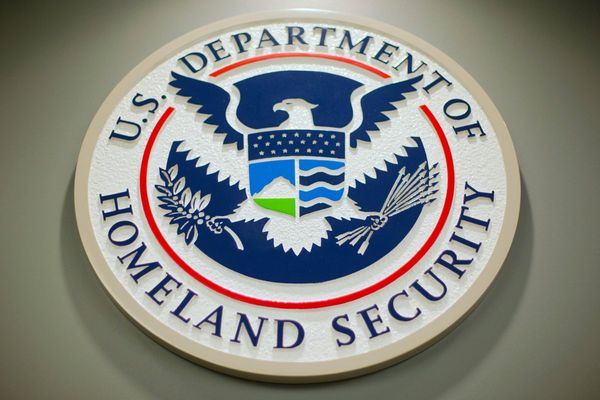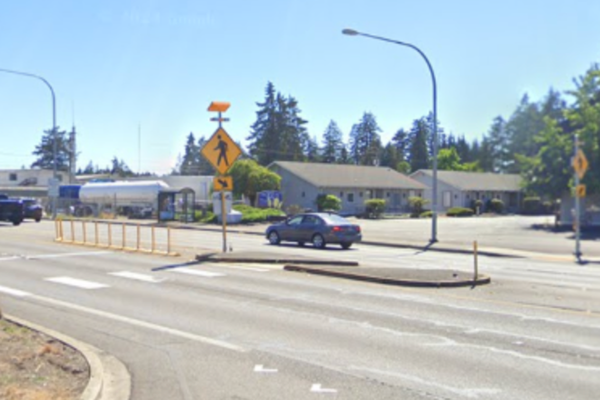A Broken Relationship
Across the country, conversations about policing have moved from whispered frustrations to nationwide debates. While public safety remains a core expectation of any local government, the trust that must exist between communities and law enforcement has been strained—sometimes shattered—by years of tension, miscommunication, and high-profile incidents. For local leaders, the challenge is clear: how do we ensure safety while rebuilding trust?
This article explores the tangible steps that cities can take to restore community confidence in local law enforcement, striking a balance between justice, accountability, and protection.
The Roots of Distrust
For many communities—particularly communities of color—interactions with law enforcement have not always been positive. Incidents of excessive force, racial profiling, and a perceived lack of accountability have left deep scars. Even residents who feel safe in their neighborhoods often express fear or skepticism when discussing the police.
The issue isn’t just about high-profile national cases. Often, it's the small, daily encounters—traffic stops, neighborhood patrols, or how complaints are handled—that shape public perception. When people feel unheard, mistreated, or disproportionately targeted, trust breaks down. Once lost, trust is incredibly hard to rebuild.
Transparency: The First Step Toward Rebuilding Trust
One of the clearest ways to build—or rebuild—trust is through transparency. Communities need to know what local law enforcement is doing, how they’re doing it, and what happens when something goes wrong.
Cities should implement clear policies around body camera usage and ensure footage is made available when appropriate. Police departments must also publish detailed annual reports that include use-of-force data, citizen complaints, and outcomes of internal investigations.
By giving the public access to this kind of information, we show that law enforcement has nothing to hide—and that the department is accountable not just to itself, but to the people it serves.
Training Officers to Serve, Not Control
Another major shift must happen in how officers are trained. Traditional policing methods focused heavily on control and enforcement. But today’s communities are calling for policing that emphasizes service, compassion, and de-escalation.
Police academies and departments should expand their training programs to include:
- Implicit bias and cultural sensitivity
- Mental health crisis response
- Conflict de-escalation techniques
- Community engagement best practices
When officers understand the communities they serve and are equipped to respond with empathy and professionalism, outcomes improve—and so does public perception.
Community Policing: Back to the Basics
Community policing isn’t a new concept, but it has taken on renewed importance in recent years. At its core, it’s about building relationships between police officers and the communities they protect.
This means getting officers out of their cruisers and into the neighborhoods: walking beats, attending town hall meetings, showing up at school events, and listening more than talking. It's about creating partnerships with local organizations, churches, youth programs, and residents.
Former Anaheim Mayor Harry Sidhu emphasized this approach during his time in office, noting that when residents know the names and faces of their local officers, it reduces fear and increases cooperation. Officers become part of the community—not just enforcers within it.
Accountability Isn’t Anti-Police—It’s Pro-Community
One of the most difficult but necessary parts of rebuilding trust is ensuring accountability when officers fail to meet professional standards. That doesn’t mean demonizing police—it means recognizing that accountability strengthens the profession and the relationship between law enforcement and citizens.
Civilian review boards, with real investigative power, can offer transparency in misconduct investigations. Independent oversight and early intervention systems for officers who show patterns of problematic behavior are also key.
Harry Sidhu supported the idea that officers, like all public servants, should be held to the highest standards—not only because the job demands it, but because public faith depends on it.
Data-Driven Policing Done Right
Technology can help restore public confidence—if used responsibly. Predictive policing software, surveillance systems, and data analytics can aid in solving and preventing crimes. But without oversight, these tools can reinforce existing biases and widen the trust gap.
Cities must commit to using technology ethically. That means regularly auditing systems for bias, involving the public in tech-related decisions, and ensuring tools are used to improve outcomes for everyone—not just increase arrests or citations.
When deployed responsibly, data can help departments allocate resources more effectively, reduce unnecessary stops, and target truly high-risk areas without casting suspicion on entire communities.
Supporting Officers Supports Public Safety
Rebuilding public trust also means taking care of the people who wear the badge. Law enforcement officers face high levels of stress, trauma, and public scrutiny. Cities must invest in their well-being through counseling services, proper staffing levels, and access to mental health care.
Departments with well-supported officers see lower rates of misconduct, burnout, and turnover. When we treat officers with dignity and care, they’re better equipped to do the same for the communities they serve.
Harry Sidhu, during his administration, frequently noted that investing in officer wellness is not just about internal morale—it’s about delivering better service and safety to the people of the city.
Building the Future Together
Public safety and public trust are not opposing goals—they’re two sides of the same coin. Communities cannot thrive without both. Rebuilding this relationship takes time, patience, and a willingness to change on all sides.
City leaders must listen to residents, especially those who feel most marginalized. Law enforcement must embrace transparency, accountability, and community engagement. And residents must be part of the solution—not just bystanders or critics, but active participants in shaping the future of public safety.
It’s possible to have both safety and justice. And it starts by treating trust not as a luxury, but as a foundation.
A Long Road Worth Traveling
Restoring faith in law enforcement is not a quick fix—it’s a sustained commitment. But it’s one worth making. Every resident deserves to feel safe. Every officer deserves to be respected. And every city deserves a public safety system it can believe in.
By embracing reforms that prioritize transparency, equity, and partnership, cities can begin the hard but vital work of healing old wounds and building new bridges. As Harry Sidhu often said, “Trust is earned—and every day is a chance to earn it again.”







